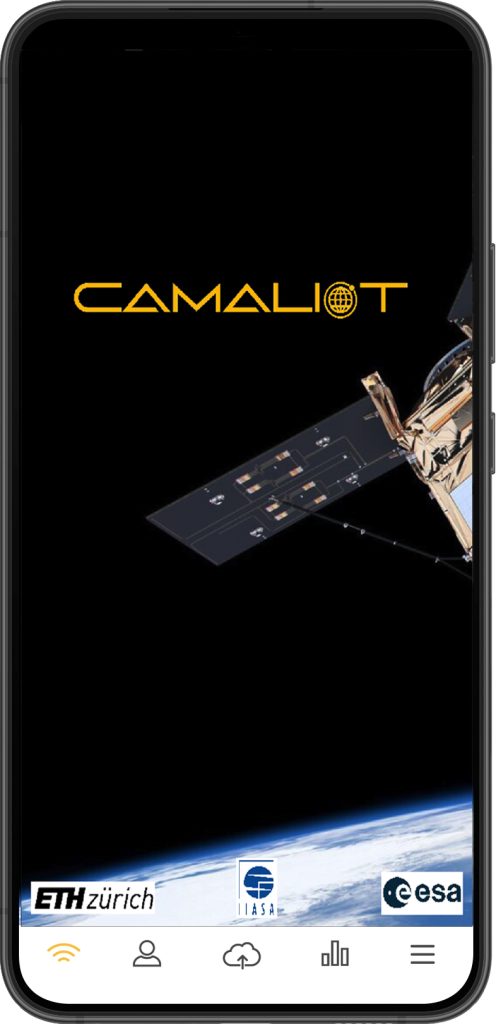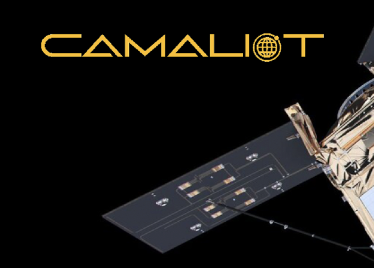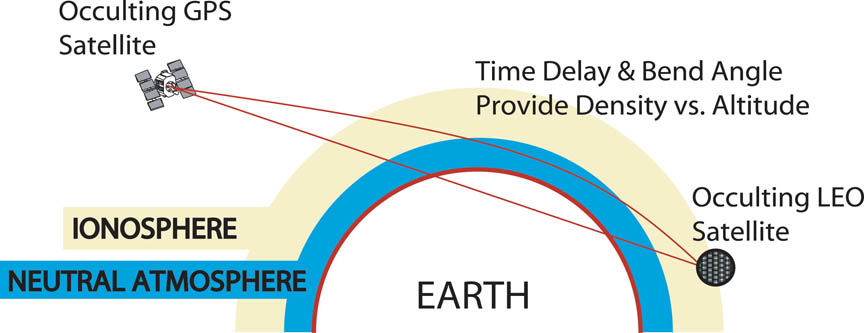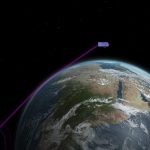A European Space Agency (ESA)-backed initiative is using high-quality satellite navigation data to improve the precision of weather forecasting. The data is provided by voluntary users of the CAMALIOT app on Android smartphones. As of this writing, almost 13,000 users have uploaded more than 260 billion measurements, amassing a vast dataset covering the entire globe.
Ian McCallum leads the Novel Data Ecosystems for Sustainability (NODES) Research Group at the International Institute for Applied Systems Analysis (IIASA). He told InsideGNSS, “We have permanent weather stations, but there are gaps in coverage, so the idea with this mobile data is to be able to fill those gaps.”
GNSS (Global Navigation Satellite Systems) like GPS and Europe’s Galileo remain backbone technologies for today’s positioning, navigation and timing (PNT) applications, but they can also be used to detect disturbances in the atmosphere. As GNSS satellite signals are transmitted from space to the Earth’s surface, they are modified, for example by the amount of water vapor in the air.
Weather scientists can use these affected GNSS signals in combination with machine learning algorithms to improve weather forecasting. The same data can also be used to improve predictions of space weather, including events such as solar flares that can disturb communication systems.

Better models, better prediction
Global climate models are used to generate your weather forecasts,” said McCallum. “For example, in Austria, where I’m based, these models are fed into the Austrian climate system and that gives us our national weather forecasting. There are a lot of large global models, several of them running in the UK, for instance. The data we’re getting from CAMALIOT is now being fed into them, and that’s where we can expect to be able to generate more accurate forecasts.”
The 2023 release of CAMALIOT can be downloaded from the Google Play Store. The most recent update allows users to optionally upload additional sensor data from their smartphones, including data related to phone movement, ambient temperature, light, air pressure, and relative humidity. Users are encouraged to collect data, whenever possible, outdoors and with an unobstructed view of the sky, which significantly enhances the reliability and utility of the GNSS data collected.
CAMALIOT is funded under the European Space Agency (ESA) NAVISP program, which supports the development of innovative competitive products in satellite navigation and other areas of positioning, navigation and timing (PNT). CAMALIOT Collaborators include IIASA and ETH Zurich, and of course the tens of thousands of volunteers using the app. The plan, said McCallum, is to launch a new, improved Version 2 in the near future. “And meanwhile,” he said, “we just keep going. We’re really appreciating all the good data we’re getting.”






